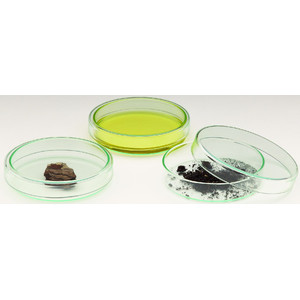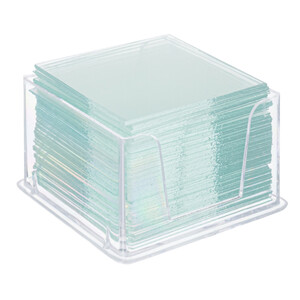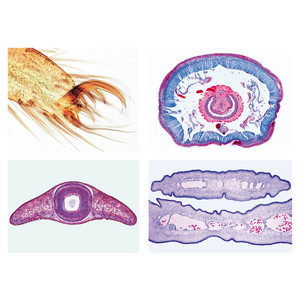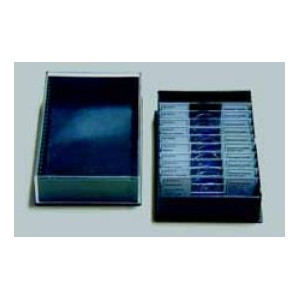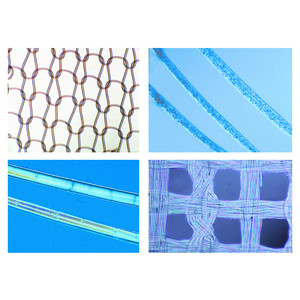Helaas is deze beschrijving nog niet in het Nederlands vertaald. U vindt hier dus een Engelse artikelbeschrijving.
Prepared Microscope Slides
Basic component of the program are the A, B, C and D series comprising of 175 microscope slides. The four series are arranged systematically and constructively compiled, so that each enlarges the subject line of the proceeding one. They contain slides of typical micro-organisms, of cell division and of embryonic developments as well as of tissues and organs of plants, animals and man. Each of the slides has been carefully selected on the basis of its instructional value. LIEDER prepared microscope slides are made in our laboratories under scientific control. They are the product of long experience in all spheres of preparation techniques. Microtome sections are cut by highly skilled staff, cutting technique and thickness of the sections are adjusted to the objects. Out of the large number of staining techniques we select those ensuring a clear and distinct differentiation of the important structures combined with best permanency of the staining. Generally, these are complicated multicolor stainings. LIEDER prepared microscope slides are delivered on best glasses with ground edges of the size 26 x 76 mm (1 x 3"). – Every prepared microscope slide is unique and individually crafted by our well-trained technicians under rigorous scientific control. We therefore wish to point out thatdelivered products may differ from the pictures in this catalog due to natural variation of the basic raw materials and applied preparation and staining methods.
The number of series in hand should correspond approximately to the number of microscopes to allow several students to examine the same prepared microscope slides at the same time. For this reason all slides out of the series can be ordered individually also. So, important microscope slides can be supplied for all students.
Bacteria Basic Set
25 Microscope Slides
The most important pathogenic and non-pathgenic bacteria
1. Staphylococcus aureus, pus organism
2. Sarcina lutea, chromogenic rods
3. Streptococcus pyogenes, pus organism
4. Streptococcus lactis, milk souring organism
5. Bacillus subtilis, hay bacillus, smear with bacilli and spores
6. Bacillus mycoides, soil organism
7. Bacillus anthracis, wool sorters disease
8. Mycobacterium tuberculosis, tuberculosis
9. Corynebacterium diphtheriae, diphtheria
10. Bacterium erysipelatos, red murrain
11. Rhizobium radicicola, nitrogen fixing bacteria
12. Proteus vulgaris, putrefaction
13. Escherichia coli, colon bacteria
14. Eberthella typhi, typhoid fever
15. Salmonella paratyphi, paratyphoid fever
16. Vibrio comma, Asiatic cholera
17. Shigella dysenteriae, bacillary dysentery
18. Hemophilus influenzae, Pfeiffer bacillus
19. Spirillum volutans, from putrid water
20. Rhodospirillum rubrum, chromogenic spirilli
21. Clostridium botulinum (botulism), food poisoning
22. Spirochaeta duttoni (Borrelia recurrentis), in blood smear
23. Bacteria from mouth, with Gram positive and negative rods
24. Bacteria from bread
25. Bacteria from cheese

